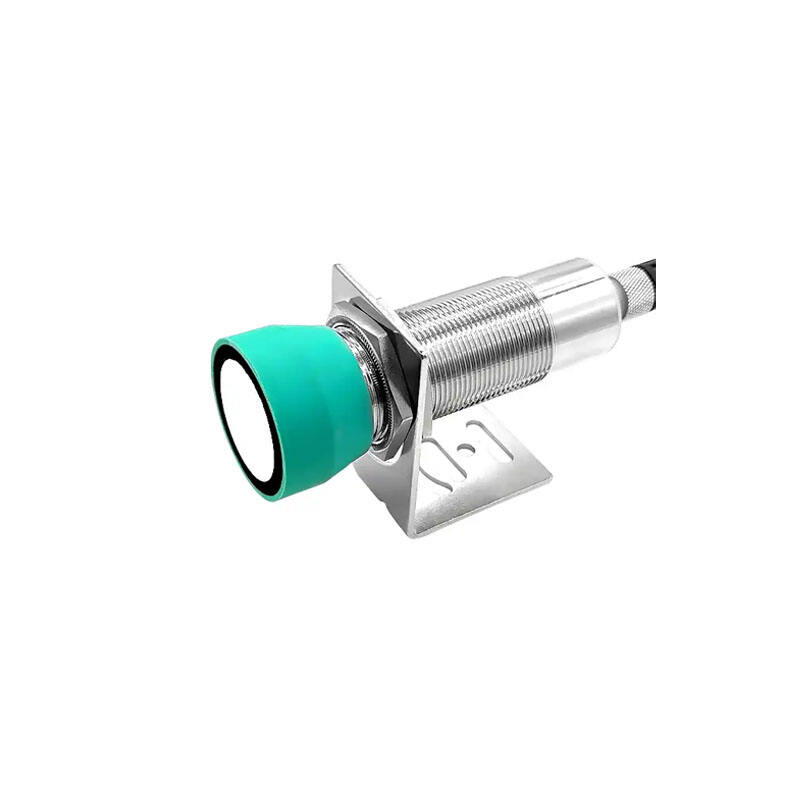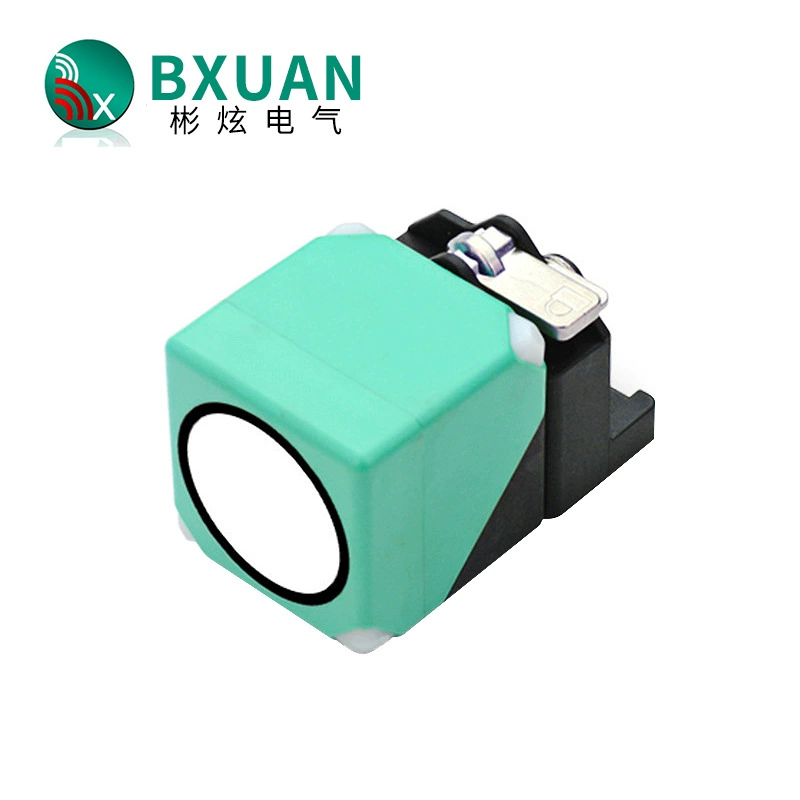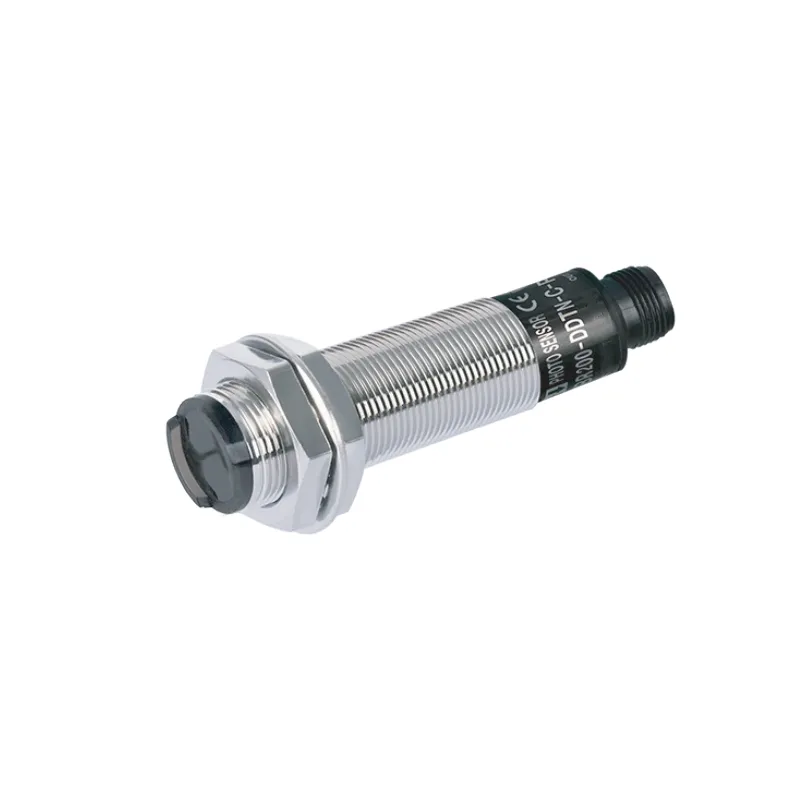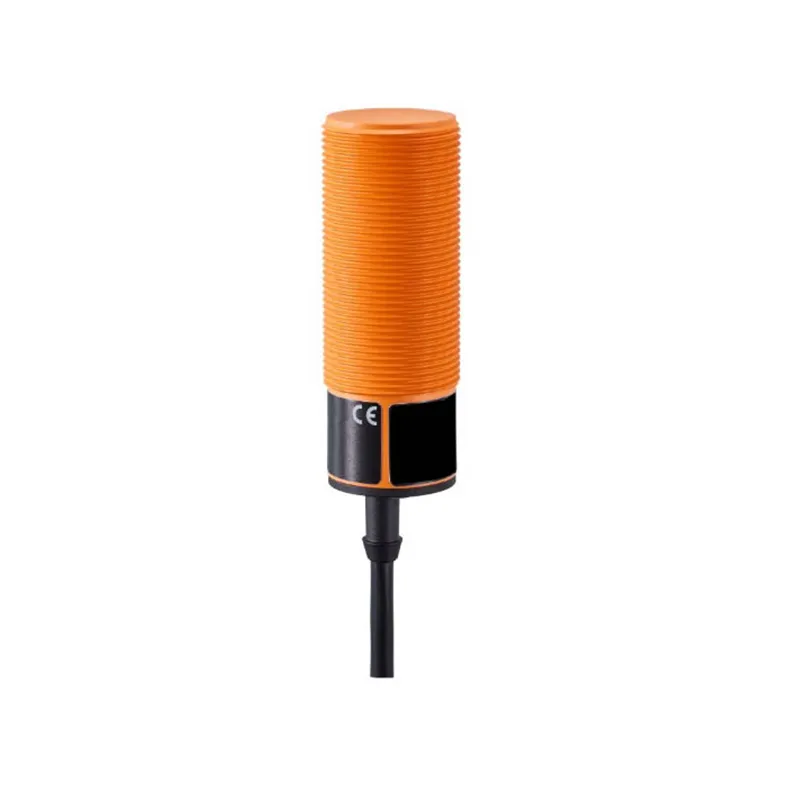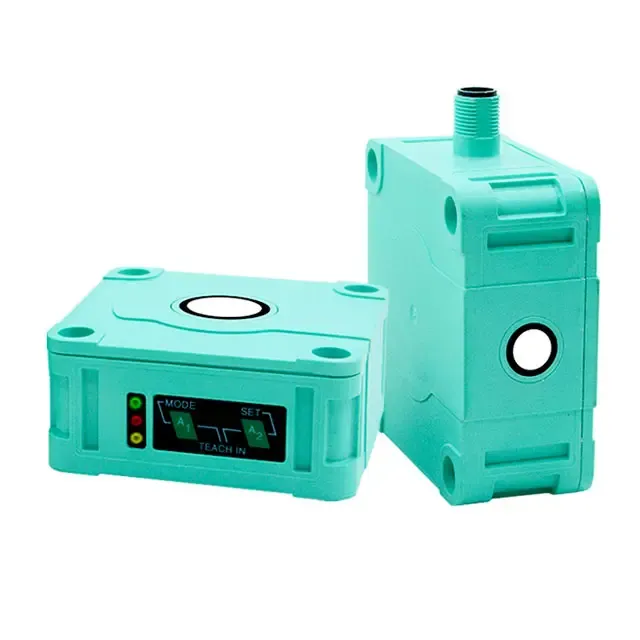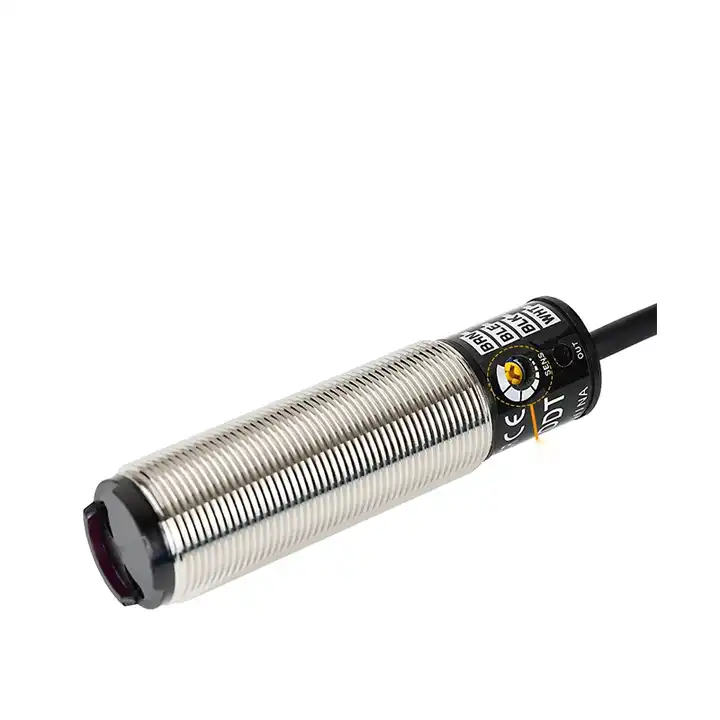inductive prox sensor
An inductive proximity sensor is a sophisticated electronic device designed to detect the presence of metallic objects without physical contact. Operating on electromagnetic principles, these sensors generate a high-frequency electromagnetic field that changes when a metallic target enters the detection zone. The sensor consists of four main components: an oscillator that creates the electromagnetic field, a sensing coil that detects field changes, a detection circuit that processes the signals, and an output circuit that generates the appropriate response. The technology enables precise detection ranges from fractions of millimeters to several centimeters, depending on the sensor model and target material. These sensors excel in industrial automation, manufacturing processes, and quality control applications, offering reliable operation in harsh environments where optical or mechanical sensors might fail. They provide exceptional accuracy in metal detection, position monitoring, and speed measurement, making them invaluable in assembly lines, packaging equipment, and conveyor systems. The sensor's solid-state construction ensures long-term reliability, while its immunity to environmental factors like dust, moisture, and vibration guarantees consistent performance in challenging industrial settings.


